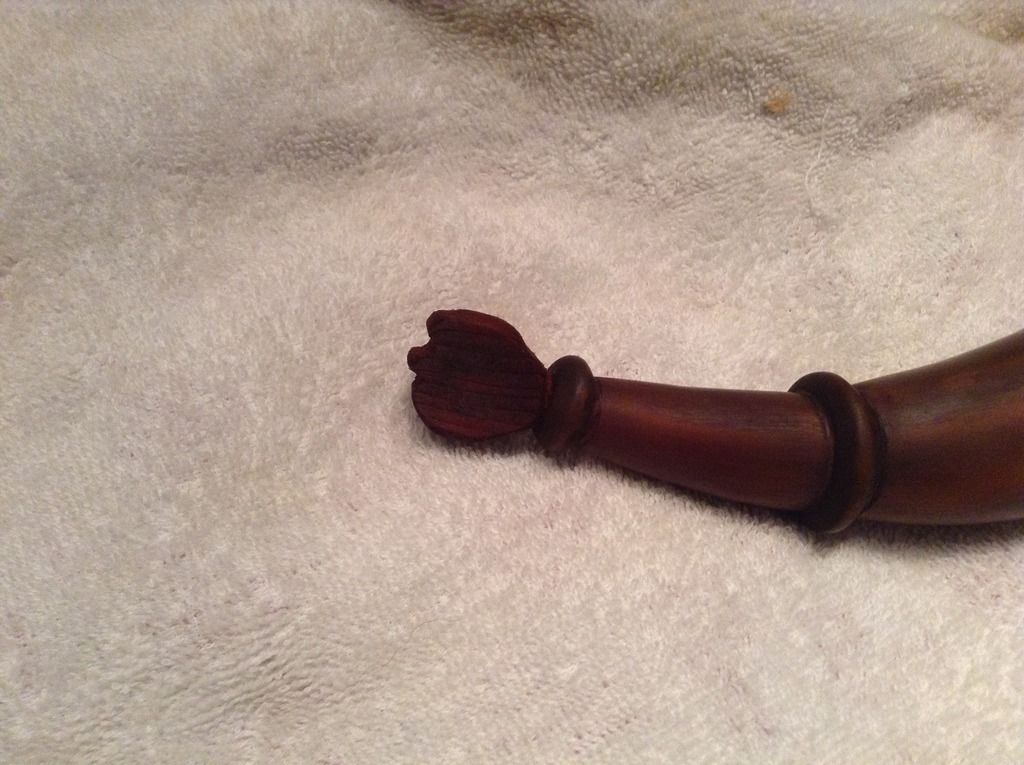- Joined
- May 6, 2014
- Messages
- 17,478
- Reaction score
- 16,563
The thread about the horn submitted to Dixon's for judging reminded me of a question I would like to ask.
For those who use a tapered hole for the plug, do you use a tapered reamer after initially drilling the hole? If so, what do you use? I imagine during the period they may have used a tapered square reamer or a tapered half round reamer?
Gus
For those who use a tapered hole for the plug, do you use a tapered reamer after initially drilling the hole? If so, what do you use? I imagine during the period they may have used a tapered square reamer or a tapered half round reamer?
Gus





